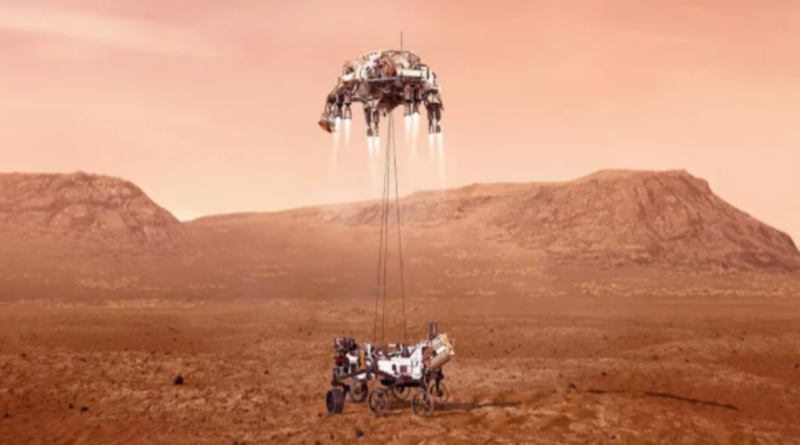NASA Mars Perseverance rover: What to expect on landing day
On Feb. 18, NASA’s latest Mars rover will try for a dramatic touchdown on the red planet.
Amanda C. Kooser
When it comes to space happenings, few are as thrilling as landing a vehicle on another planet. It’s tense, exciting, high stakes. On Thursday, Feb. 18, NASA’s Perseverance rover will aim to stick the landing on Mars, kicking off a new era in red planet exploration.
While NASA has a lot of experience with delivering machines to Mars (here’s looking at you, Curiosity and InSight), that doesn’t make it any easier this time. “Landing on Mars is hard,” NASA said. “Only about 40% of the missions ever sent to Mars – by any space agency – have been successful.”
It’s going to be a wild ride. Here’s what to expect on Perseverance’s landing day.
How to watch
NASA will provide live coverage of the landing. The NASA TV broadcast from mission control kicks off on Thursday, Feb. 18 at 11:15 a.m. PT. Touch down in the Jezero Crater on Mars is scheduled for around 12:30 p.m. PT.
This won’t be like a rocket launch where we get to see every detail as it’s happening. We will get NASA commentary and updates, views from mission control, and hopefully some images not too long after landing. It will be a must-watch event for space fans.
Perseverance resonates
We’ve been to Mars before. So why all the hype? The red planet is our solar system neighbor. It’s rocky like Earth. It has a long history of water. We can imagine ourselves perhaps living there some day.
“The level of interest that people have in this planet is just extraordinary,” Alice Gorman — space archaeologist and associate professor at Flinders University in Australia — told CNET. Gorman highlighted humanity’s search for life beyond Earth and how Mars is a candidate for having hosting microbial life in its ancient past.
There’s also something special about a rover, a wheeled mechanical creature with a “head” and “eyes.” “People feel towards the rovers because they’re active and they move,” said Gorman, likening it an almost parental sense of attachment. The outpouring of emotion over the demise of NASA’s Opportunity rover proves how connected humans can get to a Mars explorer. Perseverance is set to become our new Martian sweetheart.
Seven minutes of terror
Mars arrivals are always harrowing. NASA calls the process EDL for “entry, descent and landing.”
“During landing, the rover plunges through the thin Martian atmosphere, with the heat shield first, at a speed of over 12,000 mph (about 20,000 kph),” said NASA in a landing explainer. There’s a reason NASA describes the landing process as “seven minutes of terror.”
Perseverance is our next great hope in the search for signs of life beyond Earth. It all starts with sticking the landing.

